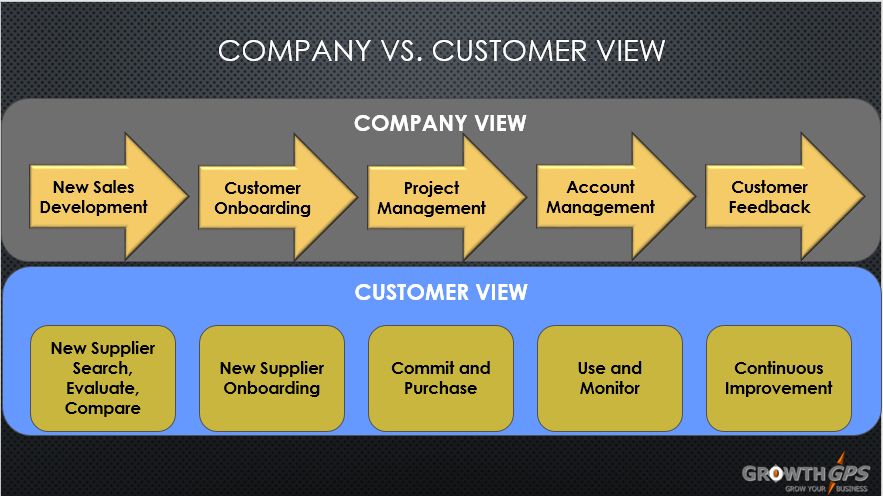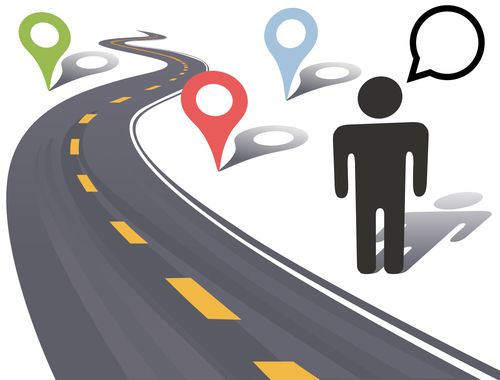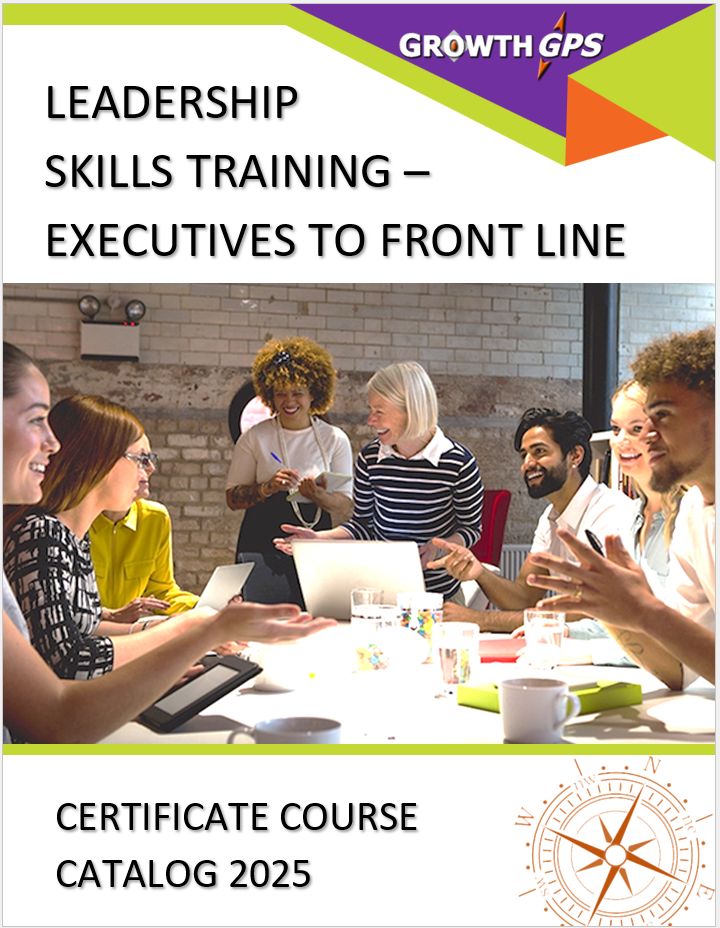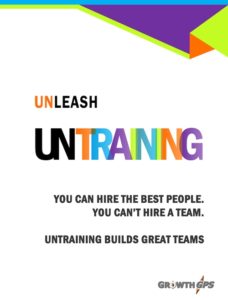You’ve invested in new equipment. Hired some “young guns.” Installed an updated ERP. Built a repeatable sales process. Enhanced productivity. Got your team using the CRM. Tightened up delivery times. And much, much more in the 8 years since the great recession ended. What’s next? Where do you turn to create a sustainable advantage to continue your company’s growth? Answer: Customer experience.
The latest PwC industrial barometer indicates improving the customer experience is the top priority among private company executives for 2017, ranking above containing costs, innovating and improving productivity.
Why Does Customer Experience Matter?
In almost anything we do, we like working with people who make getting things done easier, faster and hassle-free. We feel they “relate” to what matters to us. We have higher trust and confidence in that person or company. The same goes in business: we prefer suppliers who make doing business with them easy, fast and hassle-free. We feel we can always turn to them, we can depend on them for help.
When you revise your firm’s business processes to make it easier for the customer to do business with you, you’re improving the customer experience. Your customer’s trust and confidence in your firm increases. When customers can depend on your firm for help, they are more likely to continue doing business with you. Bottom line: enhancing the customer experience increases your firm’s customer satisfaction and loyalty.
Think of all the touchpoints your customers have with your firm for one job and over the course of a year. It’s easy for one job to include dozens of touchpoints – consider the Sales effort, Quote package, Credit application, CRM information, PO details, Order details, Scheduling, PPAP evaluation, Quality evaluation, Shipment details, the list goes on and on.
Consider what it’s like for your customers to interface with your firm on each one of those activities. Each one is a touchpoint, which is an opportunity to make a favorable or unfavorable impression on your customer. Your impression will be favorable if you made your customer’s life easier, faster and hassle-free. Unfavorable if the opposite.
Your customer’s experience is the sum of all touchpoints over the duration of their relationship with your firm. Think of this like making a positive impression. The adage “You only get one chance to make a first impression” is something we’re familiar with. Oftentimes, it’s the last impression that counts.
I hear it often with manufacturers who are in the volume production business. They can produce 1 million defect-free parts, but if the next part has a quality issue that impacts the customer’s production schedule, then the company’s name is dirt. It’s human nature that the next decision we make is based on the last impression we have. That’s why managing customer touchpoints is so important. Every touchpoint matters, because you don’t know which one comes before the customer’s next decision.
Your Customer Experience Challenge
How can your firm build a customer experience that is easy, fast and hassle-free every day in every activity? No matter who does the work. When they do the work. What equipment they use to do the work. Or how they choose to do the work. Your customer doesn’t care what goes on in your shop, they care how your shop impacts their shop.
An analogy can shed some light on how to address that challenge. Chances are you’ve done Value Stream Mapping at some point, right? Value Stream maps usually focus on Operations processes, mapping the steps taken from order to shipment for example. Value Stream maps are particularly helpful when trying to eliminate a bottleneck within a specific activity, such as the Welding Department. By mapping every step of the process for every person involved to complete it, first we usually discover different people do things differently. Second, ways to eliminate waste surface almost every time. It’s the proverbial “ah-ha” moment, driving what your people do and how they do it to become more consistent, lean and efficient.
Improving your firm’s customer experience works similarly to Value Stream mapping. I’ve found getting a handle on this is best done by mapping the journey your customers pursue when purchasing and using your products and services. Just like mapping your work processes surfaces the inconsistent and wasted steps and activities, mapping the journey your customers take will create the same “ah-ha” moments.
Customer Journey Mapping
A customer journey map identifies the steps your customers go through to do business with your company. It differs from a Value Stream map because instead of looking at activities that take place inside your company, the focus is to map the activities the customer takes. It means wearing your customer’s hat – not easy.
The best way to begin a journey map is at the high level, drawing a parallel between your business processes and those the customer takes at the same time. For example, when your sales team prospects for new customers, the receptive customer is prospecting for a new supplier. When you are onboarding a new customer, your customer is onboarding a new supplier. And so on.
At the high level, the customer journey has 5 key steps, which parallel 5 core business processes inside your company as shown at right.
There’s lots going on below the surface at each of those steps for both your company and the customer. It’s up to your company to understand the customer’s goals, needs, expectations and actions taken at every step of their journey. The more your firm helps meet your customer’s needs at each step, the more comfortable they will be moving ahead to the next step with your firm. This will help you win more business and build loyalty with your current customers.
Before we dig any deeper, take a minute to put this in perspective. Think about how hard it is for your firm to change suppliers for a critical commodity or component. Things must get really bad to undertake it, because changing suppliers takes a lot of time and effort, and it’s as risky as buying a new house. You know the problems with your current supplier just like you know the problems with your current house. But you don’t know the problems you’re inheriting with a new house or a new supplier.
Which means your customers hate the first two steps in their journey – searching for a new supplier, evaluating and comparing potential alternatives, and onboarding the new supplier. They don’t like the third step much, either – committing and purchasing from that new supplier. There’s paperwork, confidential information exchange, and many unknowns between your firm and the supplier to work out during your first job together. It’s filled with surprises, delays, hassles and risk.



